Voices Unveiled Interview Transcriptions: A Written Account of Insightful Interviews
Nearly every team within your business is likely conducting interviews – whether it's HR interviewing prospective job candidates, marketers seeking insights from thought leaders, or sales teams hosting meetings with clients to better gauge their needs. Interview transcription is a helpful tool for in-person and virtual video interviews, which are now often the preference of today's companies and interviewees.

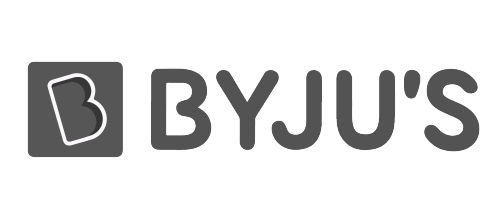

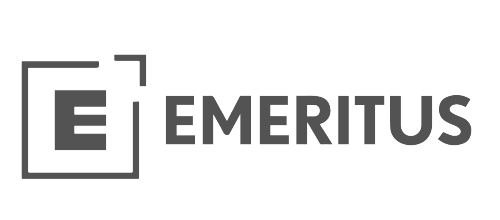
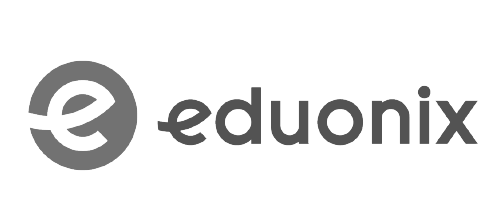



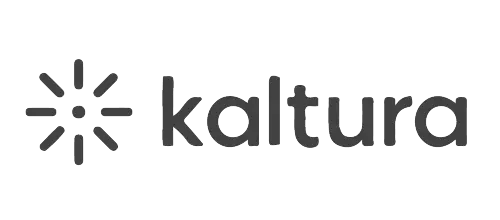

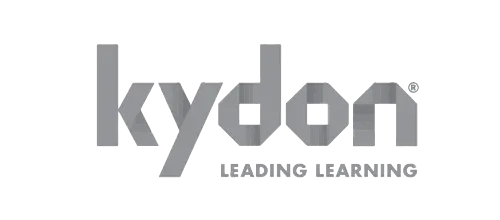










Captures Each Detail
Details should be included in interviews, and it may be difficult for the interviewer to recall specific answers to important questions. Interview transcripts capture each segment for the interviewer to review later.
Enables Others To Access The Interview
There may be more than one decision-maker involved in the hiring process. Instead of meeting to discuss an interview candidate's answers, you may provide others with the interview transcript for them to review. It is accessible to email copies to those who have a say in who is hired. You may also choose to keep the interview in the employees' files after they are hired.
Allows The Interviewer To Focus
Interviewers often write notes on the responses their candidates give to questions. This may need to be clarified and disrupt the active-listening process. An interview transcript can be reviewed later and may replace notes. This will allow the interviewer to give the candidate their full attention.
Transcribing interviews should be a seamless process. Once the interview is complete, the focus should be on the next steps in the interview process – not the technical barrier of creating or sourcing a transcript of it. By integrating with Zoom and Google Drive, Wavel Studio completes transcripts quickly and seamlessly without manual effort.
3 Ways To Upload Transcription For Interview Using Wavel Studio



How Should An Interview Be Transcribed?
Any researcher or writer knows that interviews are required to gather fresh or difficult-to-find material. However, a transcription of the audio-to-text is necessary to properly utilize the data that has been collected. Transcription enables a more detailed study of qualitative data. Why? Because reading a book can be done more quickly than listening to hours of audio. Also, you can swiftly flip through the printed interview pages to identify plot links. Audio cannot be used for that. Recognizing the need to transcribe interviews is one thing, but understanding the best technique is quite another. Let's look at some crucial actions you should take:
1. Choose a transcription technique
Once the interview is over, there are three basic ways to convert the audio to text: manually by yourself, automatically by a supplier of automated transcription services, such as Wavel Studio, or by hiring someone else to do it (think Upwork). While selecting a transcription technique, many factors need to be considered. The complexity of your audio file, the level of anonymity required, the required accuracy, the available turnaround time, and your budget will ultimately determine your ideal choice. A company like Wavel Studio, which offers online automated transcription services, is the best option if you need speedy, reasonably priced, and accurate transcribing.
2. Prepare and Modify Your Transcription
No transcribing method is 100% accurate, even if you do it yourself. Thus, you must examine the transcription and make any necessary corrections after receiving or finishing it. Although the way you edit the interview is a question of personal taste, several key factors must be remembered. You should first choose the mode in which your transcription will be done. The two primary transcription styles are naturalism, which eliminates stutters, verbal tics (such as "like," "uh," and involuntary vocalizations like crying or laughter), and naturalism, which involves a literal transcription of every phrase. Consider whether revising the order in which some words are delivered matters. Inserting timestamps could be helpful if the transcript is analyzed or later converted into subtitles. Finally, think about how your document will be formatted. Determine how to address specific formatting issues unique to transcription by reading through a style guide for editing and transcribing oral histories (like what is the standard format for entering names). You should also think about the margins and line spacing in your paper in addition to this. When you take notes, code the information, and connect the interviews with one another, use wider margins and double spacing.
3. Make Your Transcript Anonymous
It is customary to anonymize your transcript if you intend to publish your findings so that no specific person can be identified from the names of the participants or any contextual characters connected to them, such as the companies they work for or the cities they reside in. A crucial component of ethical research practice is anonymity. The original names on the transcripts are often preserved during the analysis step and only become anonymous during the publishing phase.
Use AI Technology to Transcribe Videos
Using AI technology to transcribe videos can be a game-changer for businesses, content creators, and anyone who needs to convert audio or video content into text. AI-powered transcription tools leverage advanced speech recognition algorithms and machine learning models to accurately transcribe spoken words into written text. One significant advantage of using AI technology to transcribe videos is the speed at which it can be done. Unlike manual transcription, which can take hours or even days to complete, AI transcription tools can transcribe video content in minutes. This can help businesses and content creators save time and streamline workflows. Another benefit of using AI technology for video transcription is the accuracy of the transcriptions. Many AI transcription tools have an accuracy rate of 90% or higher, making them a reliable option for creating accurate transcripts of video content. AI transcription techniques can also help make video information more accessible. Businesses and content producers can make their video material accessible to people with hearing impairments or those who prefer to read the text rather than watch videos by offering captions or transcripts. Using AI technology to transcribe videos can be a cost-effective and efficient solution for businesses and content creators. With the ability to transcribe content quickly and accurately, AI transcription tools can help streamline workflows, improve accessibility, and enhance audiences' viewing experience.
How is Wavel Studio best for generating AI Transcription for Interviews?
Wavel Studio is a powerful audio editing and transcription software that uses advanced AI technologies to generate accurate interview transcripts. Here are some reasons why Wavel Studio is one of the best tools for generating AI transcription for interviews:
Accurate Transcription: Wavel Studio uses advanced AI technologies such as speech recognition, natural language processing, and machine learning algorithms to transcribe audio files accurately. This ensures that the transcripts generated by Wavel Studio are highly accurate and reliable.
Customizable Settings: Wavel Studio allows you to customize the transcription settings based on your specific requirements. You can adjust the language model, speaker separation, and other locations to improve the accuracy of the transcription.
Easy to Use: Wavel Studio's user-friendly interface makes it easy to upload, transcribe, and edit audio files. The software also has a built-in editor that allows you to edit the transcript and make necessary corrections.
Review Transcription - Ask the interviewee to examine the transcription to ensure it accurately captures what they said or wanted to say. This stage involves going back to the interviewee. This has two opposing sides. Although you should ensure that your transcriptions are precise, they might be off. The issue is that during an interview, a person could grow so at ease that they disclose information that they had utterly planned to keep private. You are also attempting to obtain the same material. Then, they might want statements deleted, and they typically have the authority to do so, leaving you in a pickle.
Time-Saving: Wavel Studio can transcribe interviews in real time, saving much time compared to manual transcription. You can also use the software to transcribe multiple interviews simultaneously, increasing your productivity.
Keep a Log: At each stage of the transcription process, record the names and dates of the people who transcribed, edited, audited, and proofreading the final copy. The document should include the type and degree of transcription changes made from the original audio. The audio-to-text transcription service from Wavel Studio can relieve some of the burdens on your shoulders, giving you more time to conduct additional interviews to gather more data or simply take sleep. Get in contact if you find interview transcription to be a hassle. We will be happy to have them transcribed for you.
Affordable: Wavel Studio offers affordable pricing plans for individuals and businesses of all sizes. The software also provides a free trial that allows you to test the software before committing to a subscription.
In conclusion, Wavel Studio is a powerful and affordable tool for generating AI interview transcription. Its accurate transcription, customizable settings, easy-to-use interface, and time-saving features make it one of the best tools for transcription available in the market.


